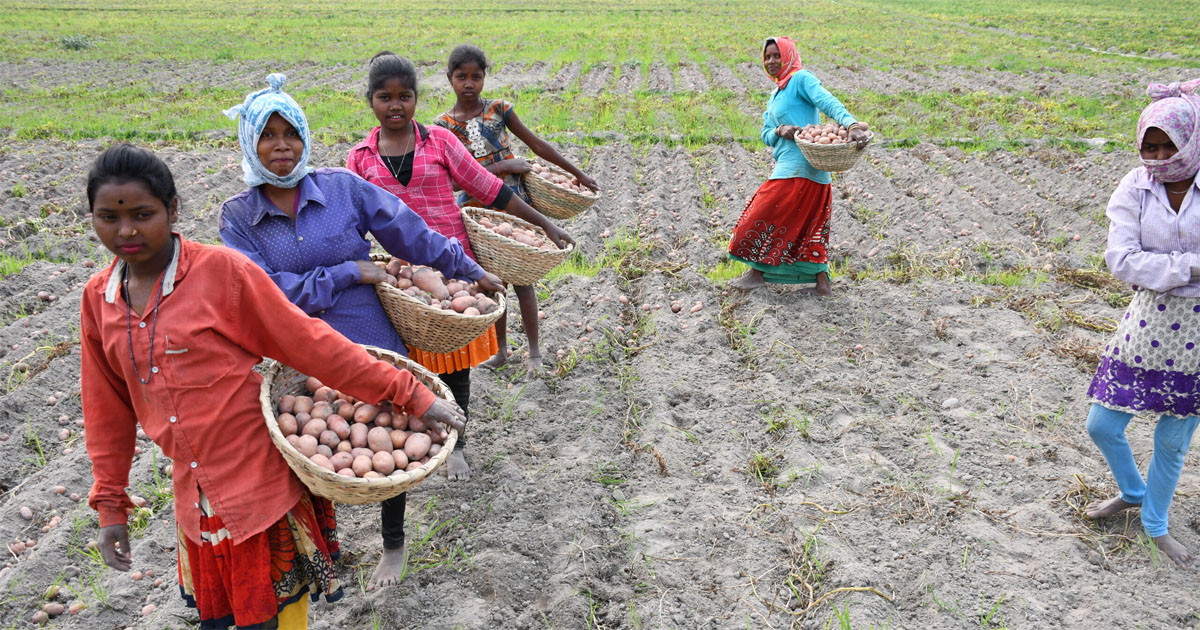Resource partitioning, the division of limited resources by species to help avoid competition, has been observed in freshwater turtle assemblages in several natural systems but has rarely been studied in tropical African ecosystems. Here, we investigate habitat preferences of two congeneric species in the family Pelomedusidae, Pelusios castaneus and P. cupulatta, in riverine/wetland habitats in the southern Ivory Coast (West Africa). Pelusios castaneus is a widespread species across West-central African savannahs and open forests, whereas P. cupulatta is endemic to the Upper Guinean forest region in West Africa. The two species have a similar diet composition (mainly carnivorous) but diverge considerably in body size, P. cupulatta being much larger. We use hand-fishing-nets and fishing funnel traps to record turtles in 18 distinct sites and analyze habitat preferences by species at two spatial scales. At a macro-habitat scale, P. castaneus is captured mainly in marshlands, whereas P. cupulatta is found in both rivers and wetlands. The two species differ significantly in their use of: (i) banks (P. castaneus being found primarily in spots with grassy banks, whereas P. cupulatta is found in spots with forested banks), and (ii) aquatic vegetation (P. cupulatta prefers spots with more abundant aquatic vegetation than P. castaneus), but both species select sites with no or moderate current. Additionally, in sites where P. cupulatta is not found, P. castaneus expands its spatial niche at multiple habitat scales, notably invading waterbodies with forested banks. Our results suggest that these two Pelomedusid turtle species potentially compete in the freshwater habitats in the southern Ivory Coast.
Download:
DOI:
https://doi.org/10.3390/d13020055
Altmetric score:
Dimensions Citation Count:

























